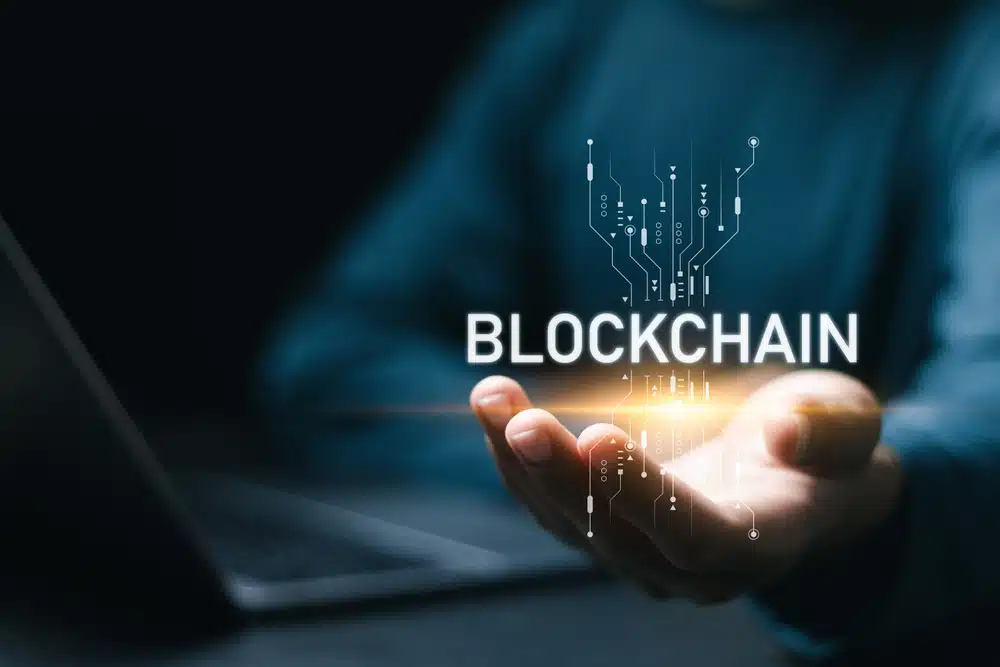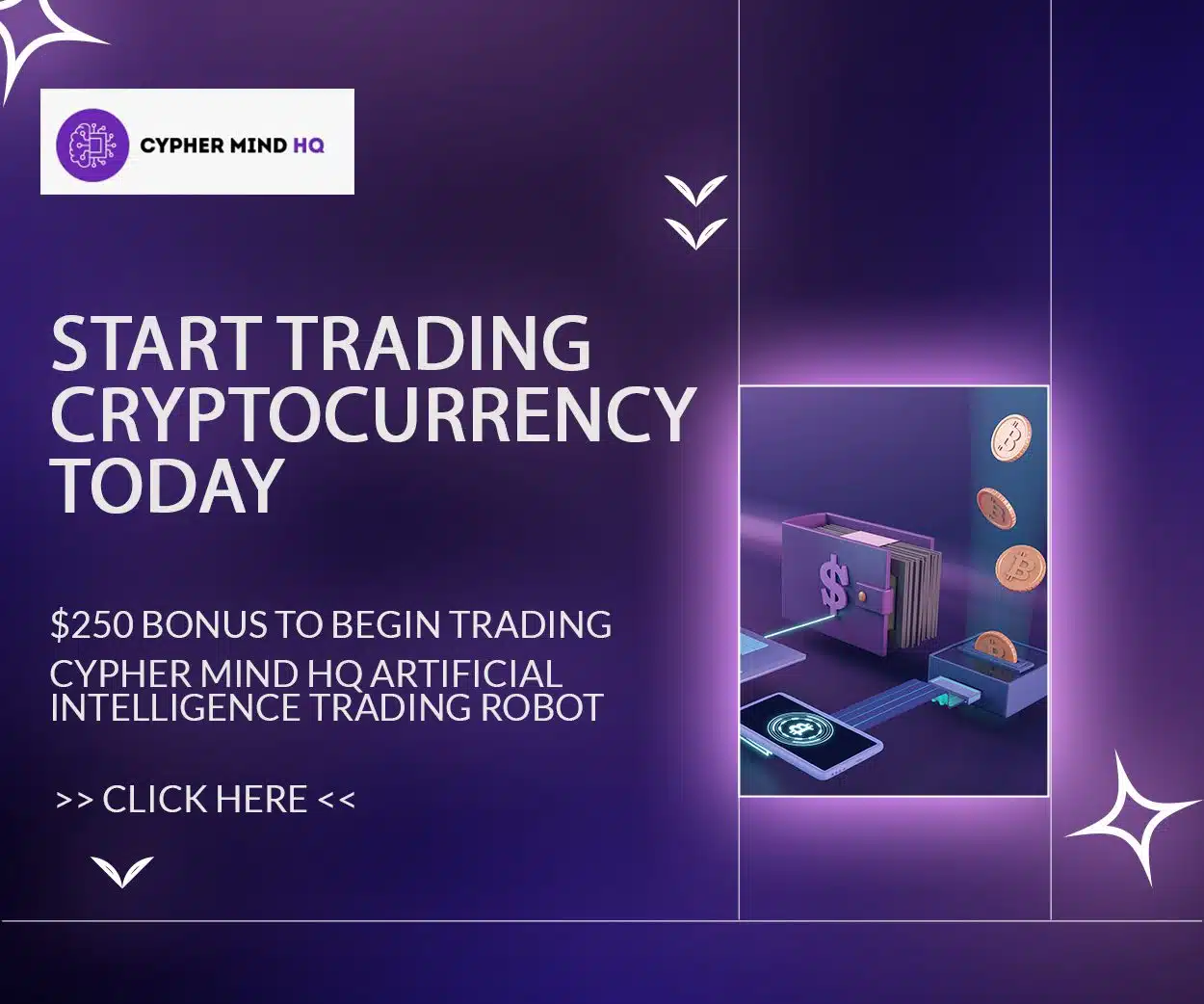Solana and Ripple are among the top 10 blockchains based on the market caps of their respective native tokens. While the two share some features, such as facilitating quick crypto transactions, they have multiple differences.
This article discusses the key differences between Solana and Ripple. Read on to learn more.
Understanding Solana
Solana is a leading blockchain network intended to facilitate the creation of decentralized apps, popularly known as DApps. It was launched in March 2020 by software engineers Raj Gokal and Anatoly Yakovenko.
Like many other top networks, Solana is powered by its native coin (SOL), which, according to CoinGecko data, is the sixth-largest with a market capitalization of $78.48 billion.
Understanding Ripple
Ripple is designed to provide financial solutions. It is known for facilitating cross-border payments cheaply and fast. The blockchain entered the market in 2012, with its founders being Web3 developers Arthur Britto, David Schwartz, and Jed McCaleb.
Ripple’s native token is called XRP. Data from CoinGecko shows it’s ranked fourth with a market cap of $134.16 billion.
Ripple vs. Solana: Core Technologies
The two blockchains adopt varying consensus mechanisms to facilitate onchain transactions.
Solana’s Proof-of-History
While Solana uses the proof-of-stake consensus mechanism, it also adopts proof-of-history to enhance scalability and transaction speed. This mechanism enables validators to verify transactions faster as the need for extensive communication is eliminated. Since transactions are processed quickly, Solana is able to achieve high performance, handling over 50,000 transactions per second.
Ripple’s Protocol Consensus Algorithm
Unlike other consensus mechanisms, the Ripple Protocol Consensus Algorithm features trusted validators selected by the firm behind the blockchain. The involved validators vote on each set of transactions, and when 80% of them reach a consensus, the transactions are approved.
Ripple vs. Solana: Use Cases
Solana
Decentralized finance: Given its ability to process quick and low-cost transactions, Solana has become an attractive blockchain for building decentralized apps (DeFi). Some of the popular DeFi platforms running on Solana include Raydium and PumpFun, which allow users to participate in activities like borrowing, lending, and trading various tokens.
NFTs: Artists can create non-fungible tokens (NFTs) on Solana, thanks to the blockchain’s developer tools that support the creation of digital art.
Gaming: Since Solana facilitates NFT creation and DeFi, it makes it easy for developers to build Web3 games, which heavily rely on NFTs. One of the top gaming projects on Solana is Star Atlas.
Ripple
Cross-border payments: Ripple uses its XRP Ledger to enable cross-border payments for financial institutions. This reduces the transaction speed and related costs.
Liquidity provision: Ripple uses the XRP token to provide liquidity for payment providers and banks, streamlining international transactions.
CBDCs: Several central banks are leveraging Ripple’s technology to launch their digital currencies in order to promote financial inclusion.
Controversies
Solana
The Solana network has been criticized in recent months due to the rise of meme coins, some of which have caused investors to lose millions. A notable example involves Argentina’s President Javier Milei, who launched the LIBRA meme coin in February 2025 and dumped over $100 million worth of tokens within a few hours of the launch. Investors lost millions of dollars as the dump caused LIBRA’s market cap to plummet 91%.
Ripple
The Ripple blockchain has been in a legal battle since 2020 with the US Securities and Exchange Commission. The agency accuses the company of offering unlicensed securities through the sale of XRP tokens. However, there is growing optimism that the commission will drop these charges as crypto-friendly Chair Paul Atkins starts his tenure.
Price Predictions
With Solana becoming a worthy competitor to Ethereum in terms of DeFi and Gaming, analysts say the blockchain will continue to see increased onchain activities, thus witnessing a surge in SOL’s price. They anticipate SOL to end 2025 while trading above $600.
As for Ripple, analysts predict that XRP could rally to $5 this year if the US Securities and Exchange Commission dismisses its lawsuit and more central banks deploy their digital currencies on the blockchain.


